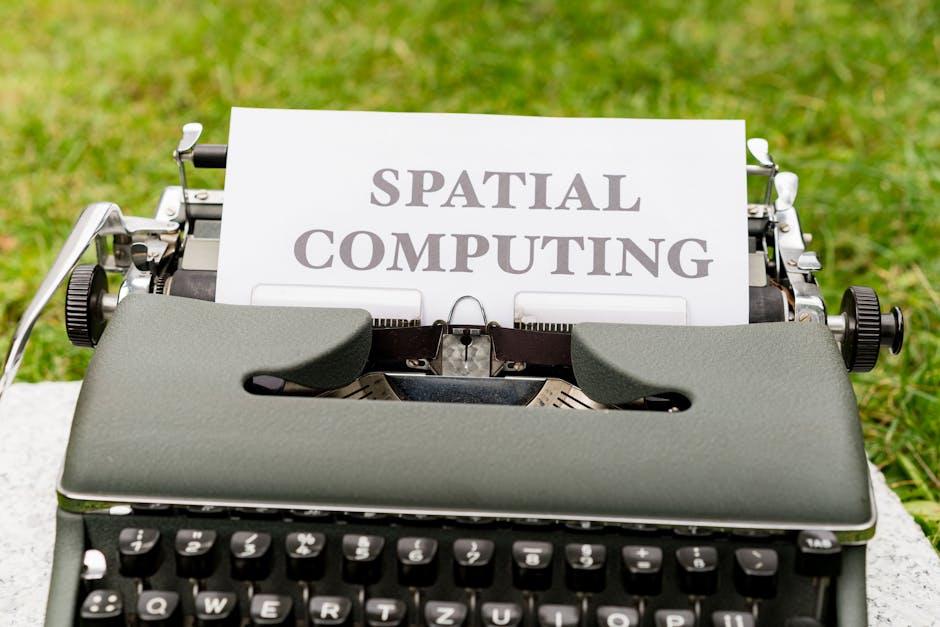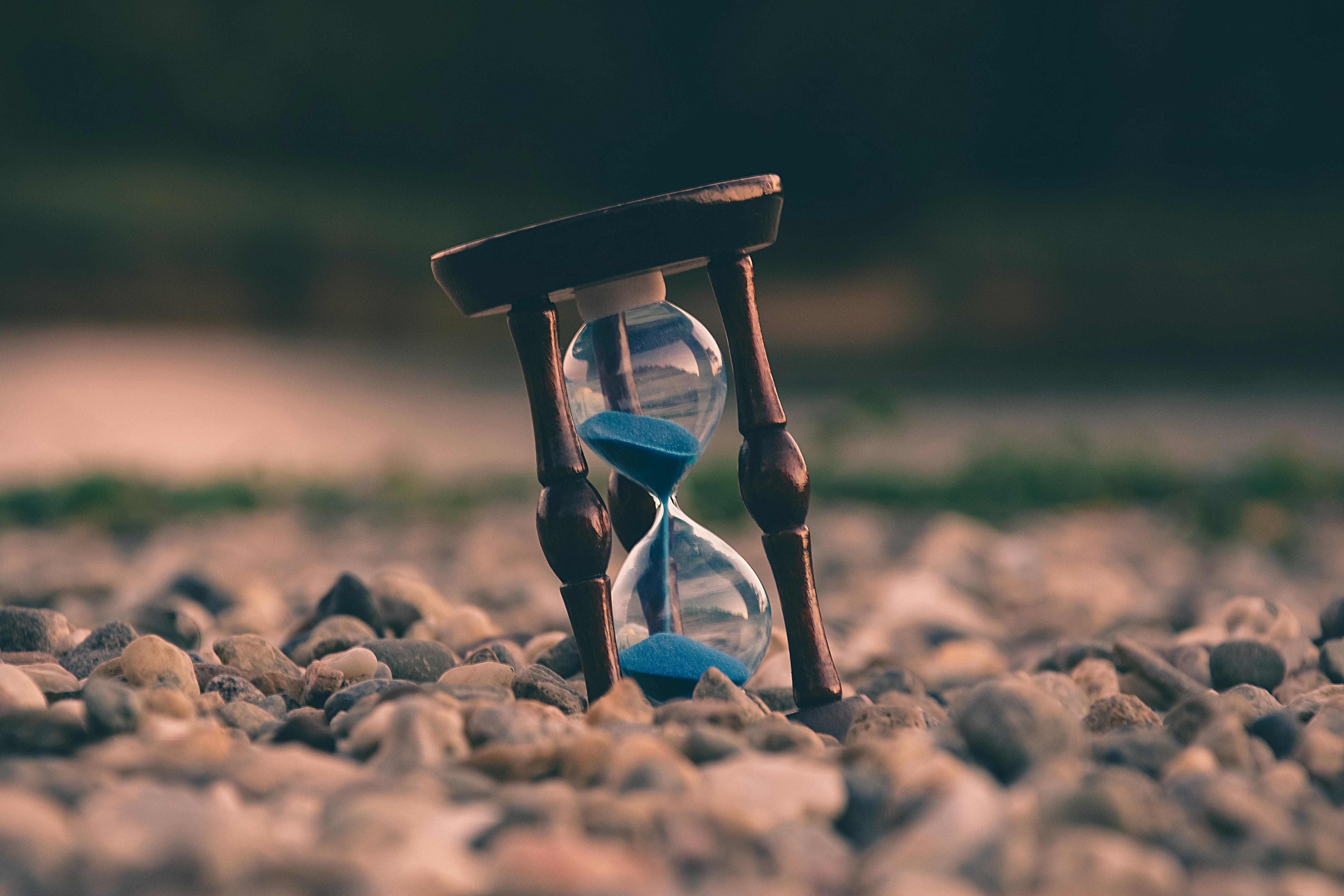In the ever-evolving landscape of cinema, where imagination meets technology, a silent revolution is underway. Real-time rendering, once the domain of video games, has seamlessly woven itself into the fabric of modern film production, transforming how stories are told on the silver screen. This cutting-edge technology enables filmmakers to visualize scenes instantly, collapsing the boundaries between concept and creation. As directors and artists harness its potential, real-time rendering is redefining the pace, possibilities, and precision of filmmaking, ushering in a new era where creativity is limited only by the scope of one’s imagination. Join us as we explore the profound impact of this digital marvel on the art of storytelling.
Transforming Visual Storytelling Through Real-Time Rendering
In the evolving landscape of film production, real-time rendering has emerged as a groundbreaking force, reshaping how stories are visually crafted and experienced. This technology empowers filmmakers to see their vision unfold instantly, facilitating more dynamic and collaborative creative processes. With real-time rendering, directors and artists can experiment with lighting, textures, and effects on-the-fly, drastically reducing the time between conception and realization.
- Enhanced Collaboration: Teams can work together in a shared virtual environment, making instantaneous adjustments that reflect in real-time.
- Cost Efficiency: By minimizing lengthy rendering times, productions can allocate resources more effectively, focusing on creativity and innovation.
- Immersive Previsualization: Directors can explore scenes interactively, offering a more immersive and intuitive approach to storytelling.
Through these innovations, real-time rendering not only streamlines production workflows but also opens new avenues for creativity, allowing filmmakers to push the boundaries of visual storytelling.

Harnessing Technology: Enhancing Creativity and Efficiency
- Seamless Integration: Real-time rendering bridges the gap between imagination and reality, allowing filmmakers to visualize scenes as they unfold. This technology enables directors and cinematographers to make informed decisions on the fly, adjusting lighting, textures, and camera angles with unparalleled precision. By integrating these elements in real-time, teams can iterate quickly, fostering a more dynamic and adaptive creative process.
- Enhanced Collaboration: With real-time rendering, collaboration across departments becomes more fluid. Artists, designers, and technical teams can work concurrently, reducing bottlenecks and enhancing communication. This synergy not only accelerates production timelines but also enriches the creative output, as ideas can be tested and refined collaboratively, ensuring a cohesive vision is maintained throughout the filmmaking journey.

Bridging the Gap: Real-Time Rendering and Post-Production Integration
In the ever-evolving landscape of film production, the integration of real-time rendering with post-production processes is revolutionizing the way filmmakers craft their stories. This seamless blend allows for dynamic changes and immediate feedback, drastically reducing the time between conceptualization and final output. By bridging these once distinct phases, filmmakers can now experience a more fluid and interactive creative process.
- Instant Iteration: Directors and editors can make on-the-fly adjustments, seeing the results immediately.
- Enhanced Collaboration: Real-time tools foster a collaborative environment where teams can work simultaneously, regardless of location.
- Cost Efficiency: Streamlining production reduces the need for extensive reshoots and minimizes post-production expenses.
Ultimately, this integration is reshaping the narrative possibilities, offering filmmakers a toolkit that is both expansive and efficient, paving the way for more innovative storytelling techniques.
Future-Proofing Film Production: Embracing Real-Time Innovations
In the rapidly evolving landscape of cinema, real-time rendering has emerged as a pivotal innovation, transforming traditional filmmaking processes. This technology allows filmmakers to visualize scenes instantaneously, enabling on-the-fly adjustments and creative decision-making. Directors and cinematographers can experiment with lighting, angles, and effects in real time, fostering a more dynamic and collaborative environment on set. By reducing the lag between concept and visualization, real-time rendering accelerates production timelines and enhances the creative potential of storytelling.
- Instant Feedback: Real-time rendering offers immediate visual feedback, reducing the need for extensive post-production revisions.
- Enhanced Collaboration: Teams can work simultaneously on different aspects of a scene, integrating visual and narrative elements seamlessly.
- Cost Efficiency: Streamlining the production process minimizes resource wastage, optimizing budget allocations.

